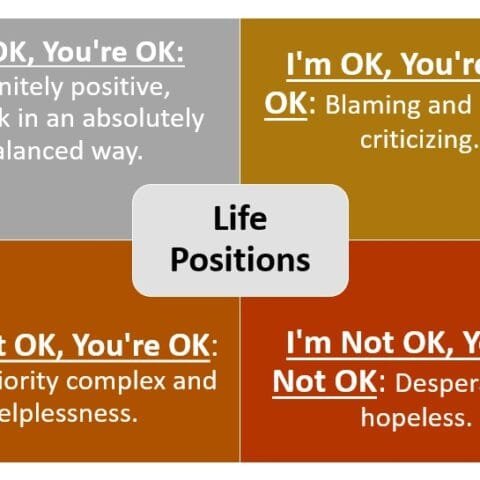
Transactional Analysis by Eric Berne : 3 Ego states
Introduction to Transactional Analysis Transactional Analysis (TA) is a psychotherapeutic approach, conceptualized and developed by Eric Berne in the 1950s and based on a different model of human behavior and
